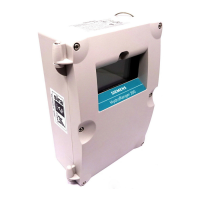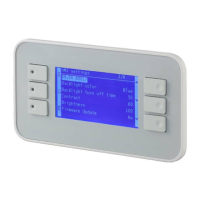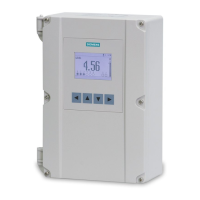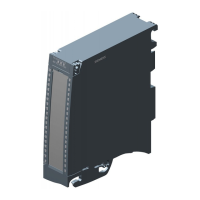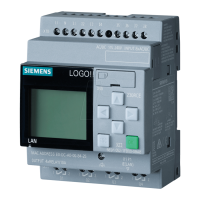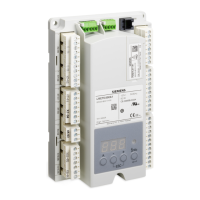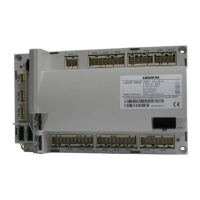hwc_glossary.fm
A31003-W1040-U101-1-7619, July 2006 DRAFT
HiPath Wireless Controller, Access Points and Convergence Software V4.0, C10/C100/C1000 User Guide
267
Glossary
Networking terms and abbreviations
13 Glossary
13.1 Networking terms and abbreviations
Term Explanation
AAA Authentication, Authorization and Accounting. A system in IP-based
networking to control what computer resources users have access to
and to keep track of the activity of users over a network.
Access Point (AP) A wireless LAN transceiver or "base station" that can connect a wired
LAN to one or many wireless devices.
Ad-hoc mode An 802.11 networking framework in which devices or stations
communicate directly with each other, without the use of an access
point (AP). (Compare Infrastructure Mode)
AES Advanced Encryption Standard (AES) is an algorithm for encryption
that works at multiple network layers simultaneously. As a block cipher,
AES encrypts data in fixed-size blocks of 128 bits. AES was created
by the National Institute of Standards and Technology (NIST). AES is
a privacy transform for IPSec and Internet Key Exchange (IKE). AES
has a variable key length - the algorithm can specify a 128-bit key (the
default), a 192-bit key, or a 256-bit key.
For the WPA2/802.11i implementation of AES, a 128 bit key length is
used. AES encryption includes 4 stages that make up one round. Each
round is then iterated 10, 12 or 14 times depending upon the bit-key
size. For the WPA2/802.11i implementation of AES, each round is
iterated 10 times.
AES-CCMP AES uses the Counter-Mode/CBC-MAC Protocol (CCMP). CCM is a
new mode of operation for a block cipher that enables a single key to
be used for both encryption and authentication. The two underlying
modes employed in CCM include Counter mode (CTR) that achieves
data encryption and Cipher Block Chaining Message Authentication
Code (CBC-MAC) to provide data integrity.
ARP Address Resolution Protocol. A protocol used to obtain the physical
addresses (such as MAC addresses) of hardware units in a network
environment. A host obtains such a physical address by broadcasting
an ARP request, which contains the IP address of the target hardware
unit. If the request finds a unit with that IP address, the unit replies with
its physical hardware address.
Association A connection between a wireless device and an Access Point.
Table 19

